Clusters and fullerenes are fascinating molecular structures that have captivated the attention of scientists and researchers in the field of chemistry. Clusters, often composed of a small number of atoms, exhibit unique properties due to their size and arrangement. These structures can range from simple metal clusters to more complex organic or inorganic compounds, showcasing diverse bonding patterns and reactivity. On the other hand, fullerenes represent a distinct class of molecules, with the most famous member being buckyballs or buckytubes. Composed entirely of carbon atoms arranged in a spherical or tubular fashion, fullerenes possess remarkable stability and conductive properties. The discovery of buckyballs opened up new possibilities in materials science and nanotechnology, as these structures have potential applications in drug delivery, electronics, and even as building blocks for novel materials.Both clusters and fullerenes exemplify the interdisciplinary nature of modern chemistry, with researchers exploring their synthesis, properties, and applications. Their unique structural features make them pivotal in advancing our understanding of molecular behavior and expanding the frontiers of materials science. As scientists delve deeper into the intricacies of these molecular architectures, the promise of revolutionary breakthroughs in technology and medicine continues to drive the exploration of clusters and fullerenes.

Thomas J Webster
Hebei University of Technology, United States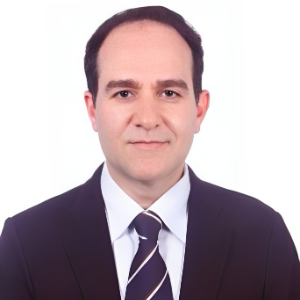
Hossein Hosseinkhani
Innovation Center for Advanced Technology, Matrix, Inc., United States
Hai Feng Ji
Drexel University, United States
Paulo Cesar De Morais
Catholic University of Brasilia, Brazil
Azzedine Bensalem
Long Island University, United States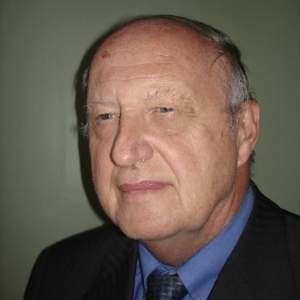
Robert Buenker
Wuppertal University, Germany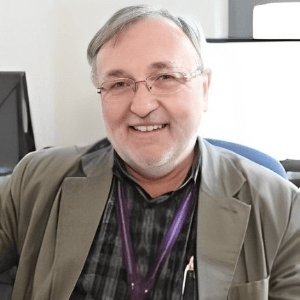
Rafal Kozubski
Jagiellonian University in Krakow, Poland
Sylwia Wcislik
Kielce University of Technology, Poland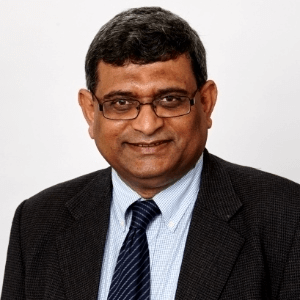
Raman Singh
Monash University-Clayton Campus, Australia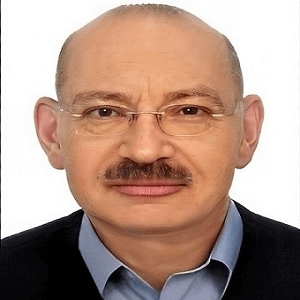


Title : Circumventing challenges in developing CVD graphene coating on mild steel: A disruptive approach to remarkable/durable corrosion resistance
Raman Singh, Monash University-Clayton Campus, Australia
Title : Highlighting recent advancements in electromagnetic field subwavelength tailoring using nanoparticle resonant light scattering and related topics
Michael I Tribelsky, Moscow State University, Russian Federation
Title : The impact of nanomedicine: 30,000 orthopedic nano implants with no failures and still counting
Thomas J Webster, Hebei University of Technology, United States
Title : Logistic-modified mathematical model for tumor growth treated with nanosized cargo delivery system
Paulo Cesar De Morais, Catholic University of Brasilia, Brazil
Title : Current and future of red and black phosphorus nanomaterials
Hai Feng Ji, Drexel University, United States
Title : Azodye photoaligned nanolayers for liquid crystal: New trends
Vladimir G Chigrinov, Hong Kong University of Science and Technology, Hong Kong
Title : Atomistic simulation of chemical ordering phenomena in nanostructured intermetallics
Rafal Kozubski, Jagiellonian University in Krakow, Poland
Title : The enhanced cytotoxic effect of curcumin on leukemic stem cells via CD123-targeted nanoparticles
Wariya Nirachonkul, Chiang Mai University, Thailand
Title : Efficiency of nanoparticles (Micromage-B) in the complex treatment of multiple sclerosis
Andrey Belousov, Kharkiv National Medical University, Ukraine
Title : Innovative method of nanotechnology application in the complex treatment of multiple sclerosis
Andrey Belousov, Kharkiv National Medical University, Ukraine